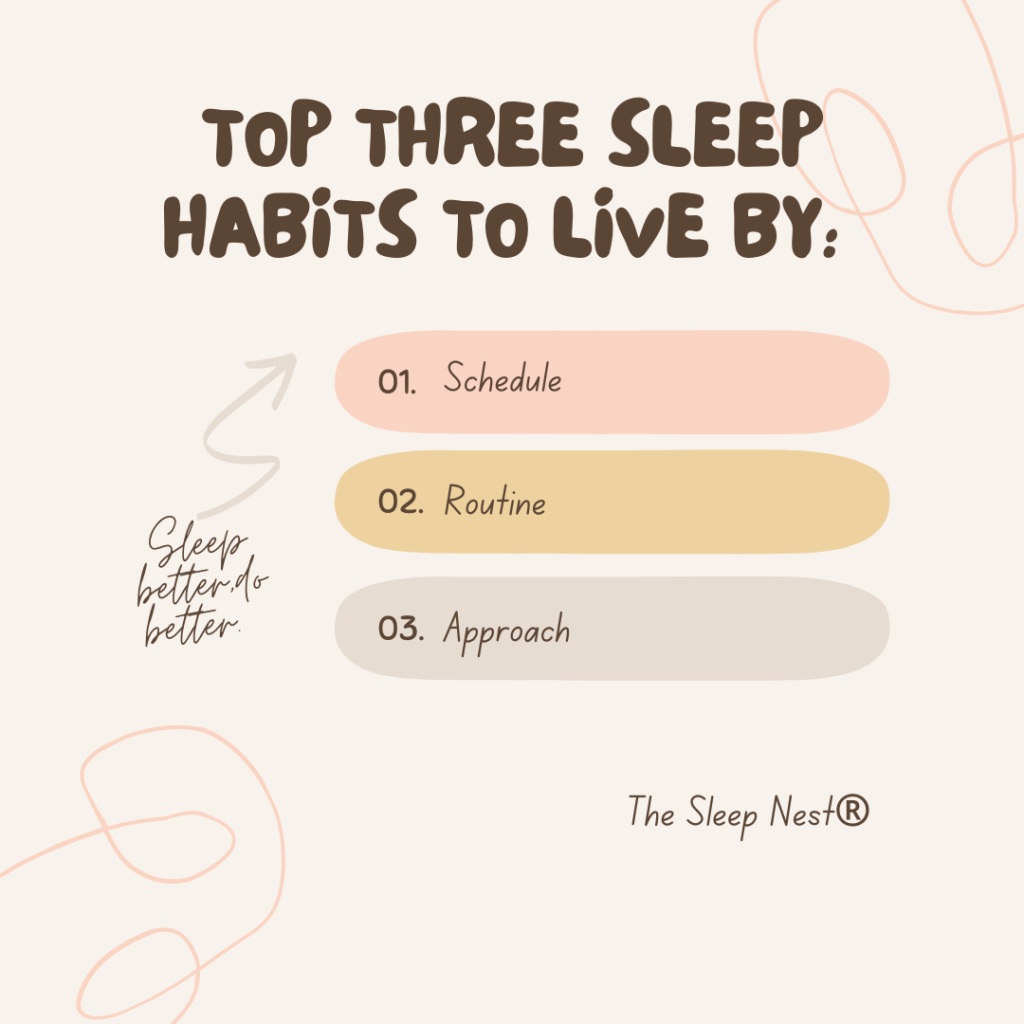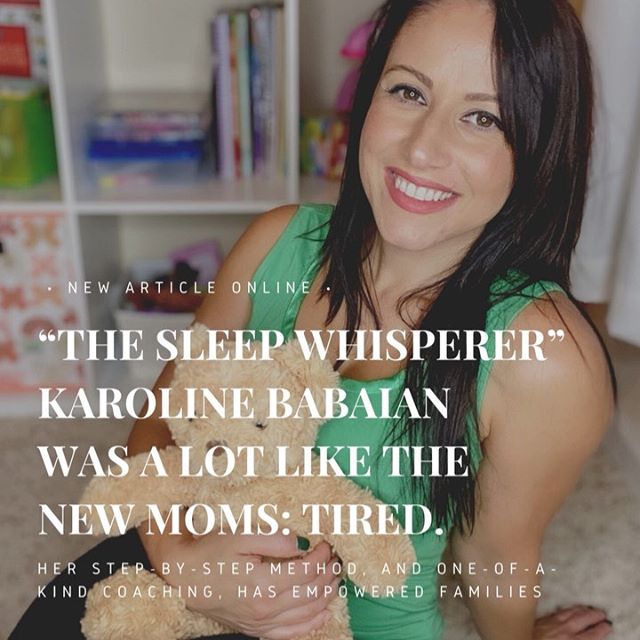Podcast: Trials of Armenian Moms and Cultural Norms
Take a listen to one of my favorite conversations I had with Armenian Women Empowerment host Jackie Marashlian! It’s a conversation around parenthood, motherhood, and the cultural/societal norms of Armenian moms. Grab a cup of tea and take a listen…you don’t want to miss this!!













